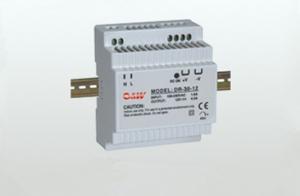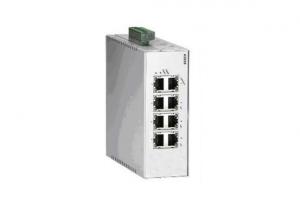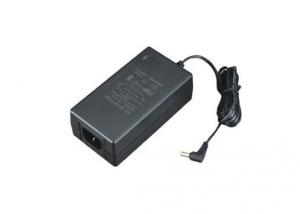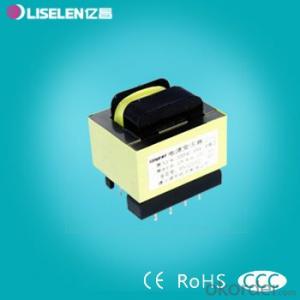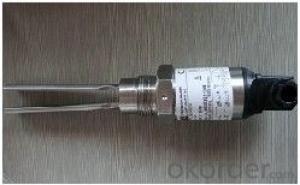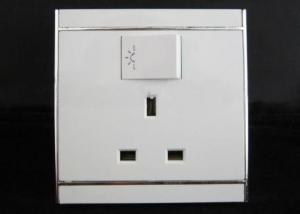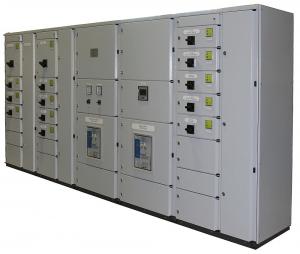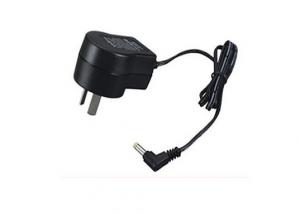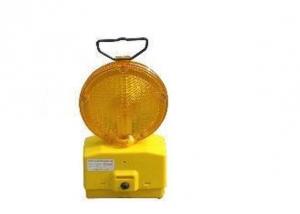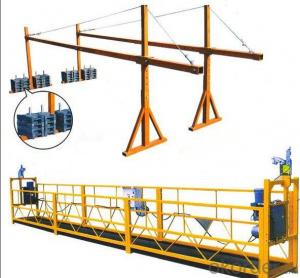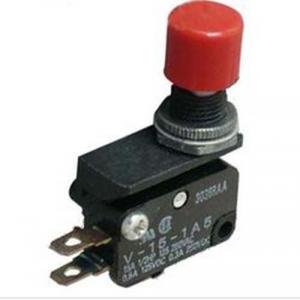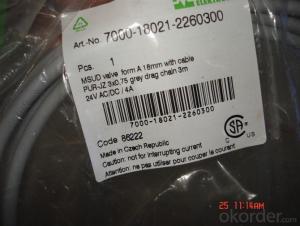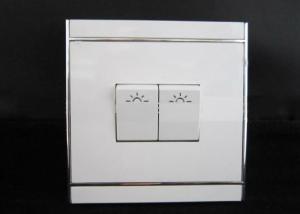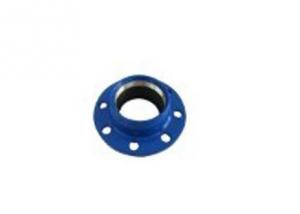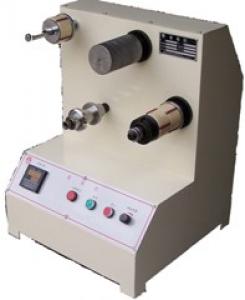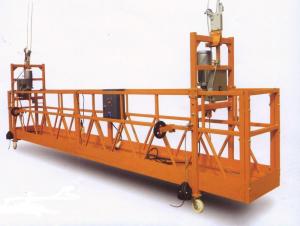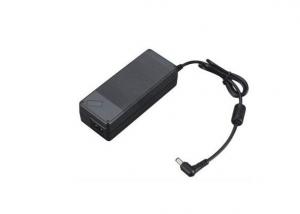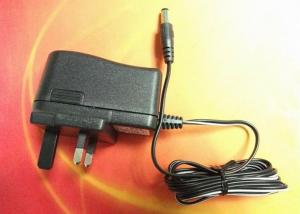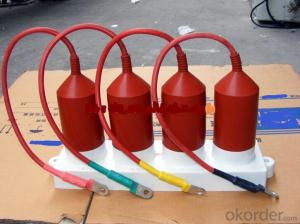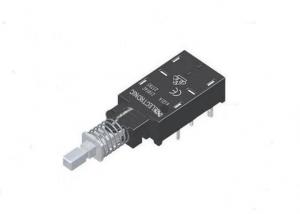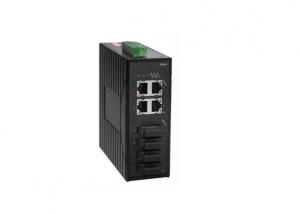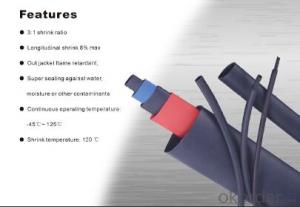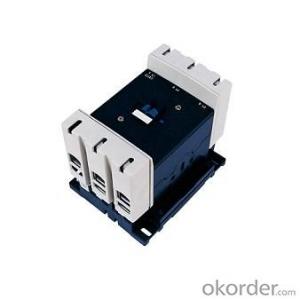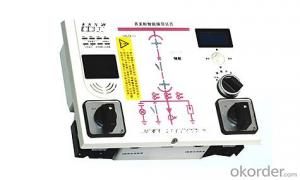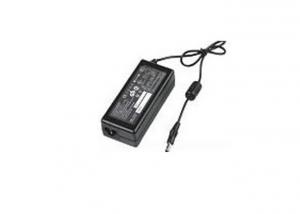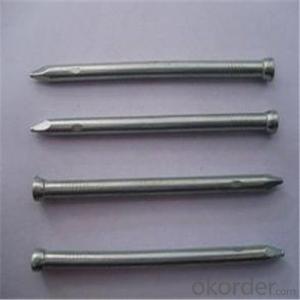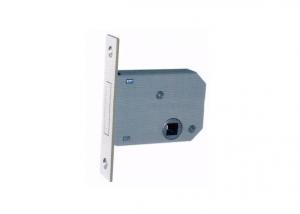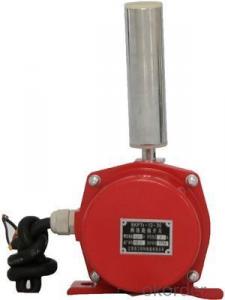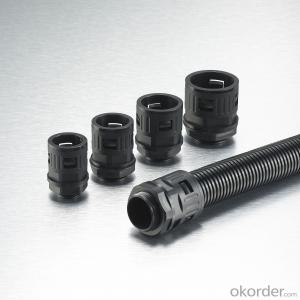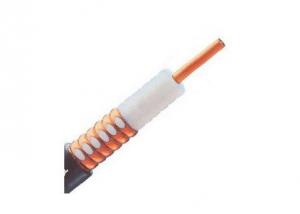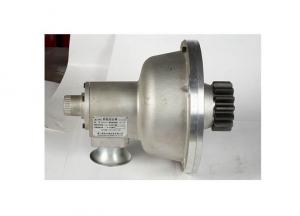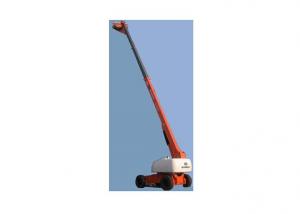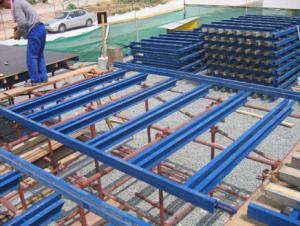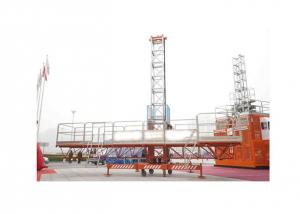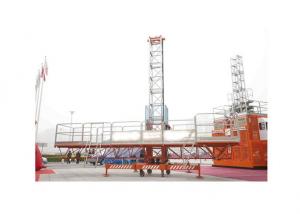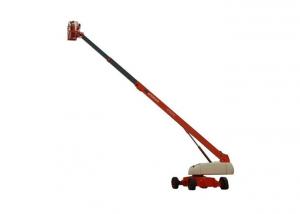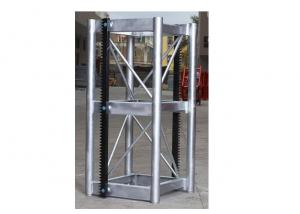Unmanaged Network Switch
Unmanaged Network Switch Related Searches
Network Switches And Routers Enterprise Network Switch Network Switch Comparison Small Electrical Switches Excess Electronic Components Temporary Power Distribution Suspended Platform An Automatic Transmission Flexible Netting Reinforcement Grid Moving Truck Retractable Volleyball Net Environmentally Controlled Room Detachable Window Screen Protective Netting Non Electrical Equipment Barrier Fence Netting Pleated Mosquito Net Motorized Drapery Shuttering Equipment Surveillance Equipment Honeywell Access Control Small Desk Assorted Electrical Connectors Dismantling Piece Pallet Pusher Roller Shutter Environmental Maintenance Power Generation Distribution Electronic Equipment RecyclingUnmanaged Network Switch Supplier & Manufacturer from China
Unmanaged Network Switches are simple, plug-and-play devices that enable the connection of various network devices, such as computers, printers, and servers, without the need for complex configuration. These switches are designed to automatically detect and forward data packets between connected devices, ensuring efficient and reliable network communication. They are particularly useful in small to medium-sized businesses and home networks where advanced network management features are not required.In various application and usage scenarios, Unmanaged Network Switches offer a cost-effective and straightforward solution for expanding network connectivity. They are commonly used in office environments, retail spaces, and educational institutions where multiple devices need to be connected to a single network. These switches are also ideal for home networks, allowing users to connect multiple computers, gaming consoles, and smart home devices without the need for advanced network management skills.
Okorder.com is a leading wholesale supplier of Unmanaged Network Switches, boasting a large inventory that caters to the diverse needs of customers worldwide. With a wide range of options available, including different port counts and form factors, Okorder.com ensures that customers can find the perfect Unmanaged Network Switch to suit their specific requirements. By offering competitive prices and reliable service, Okorder.com has established itself as a trusted source for Unmanaged Network Switches in the global market.
